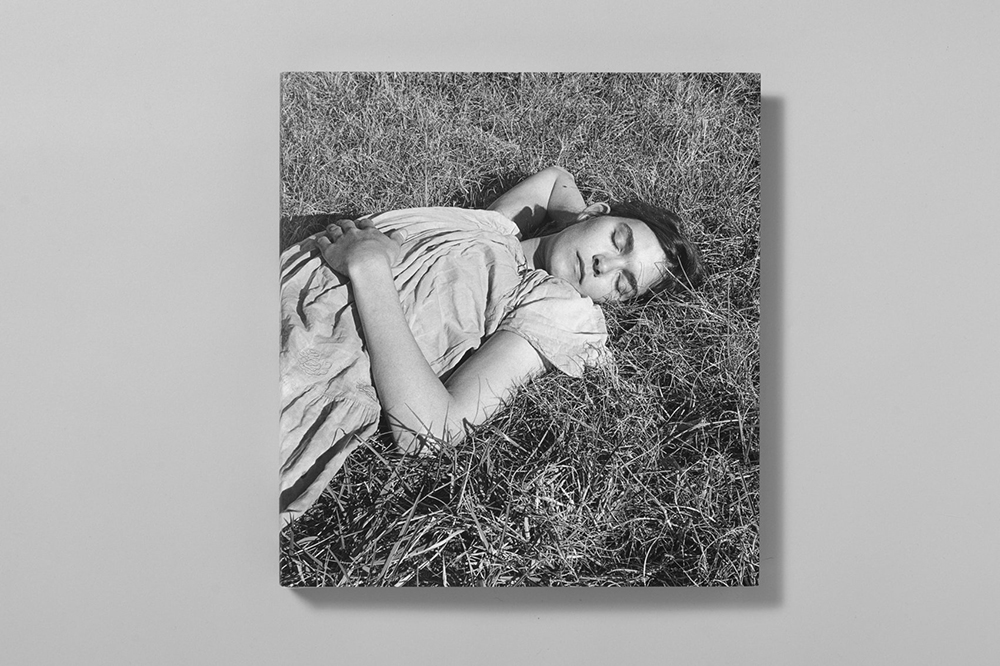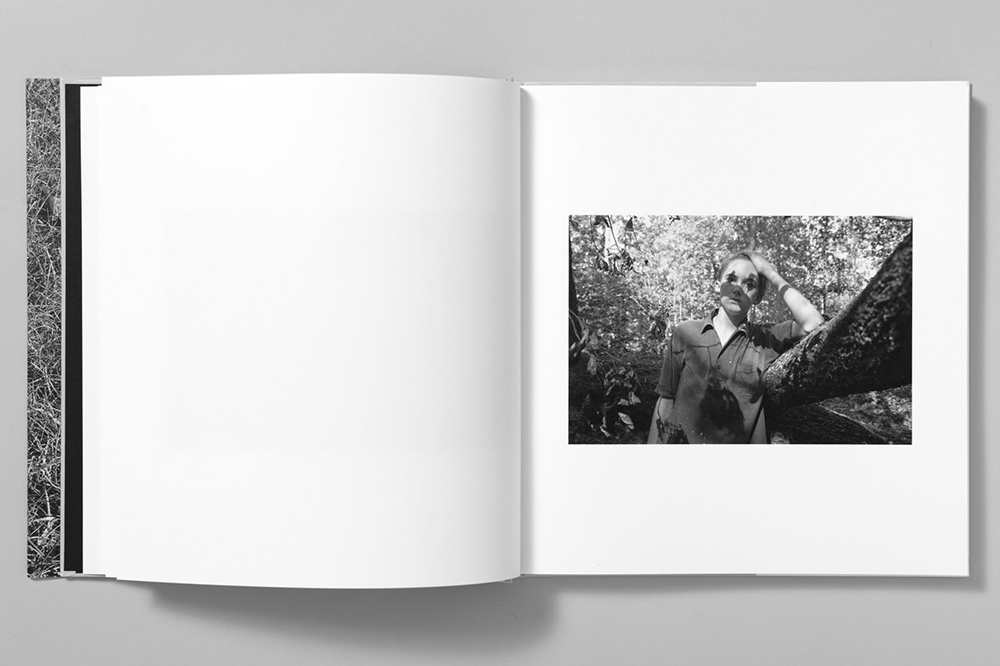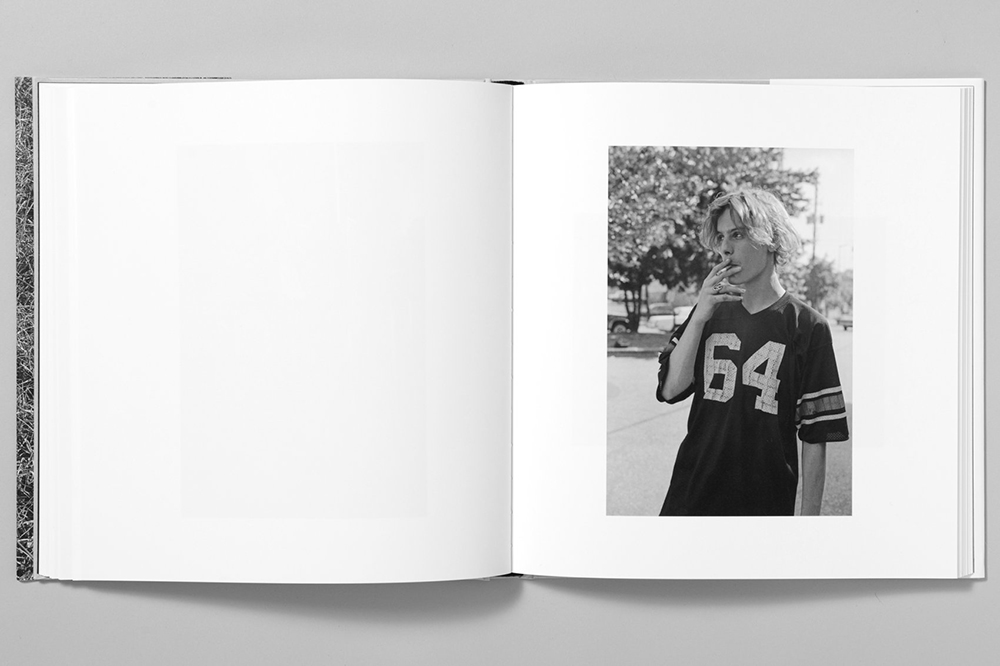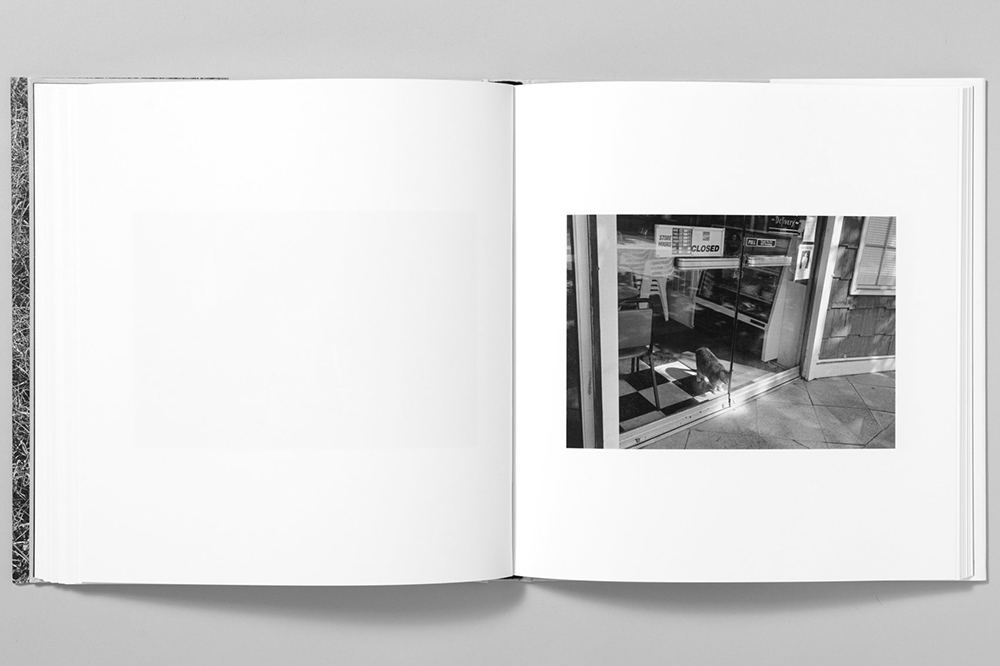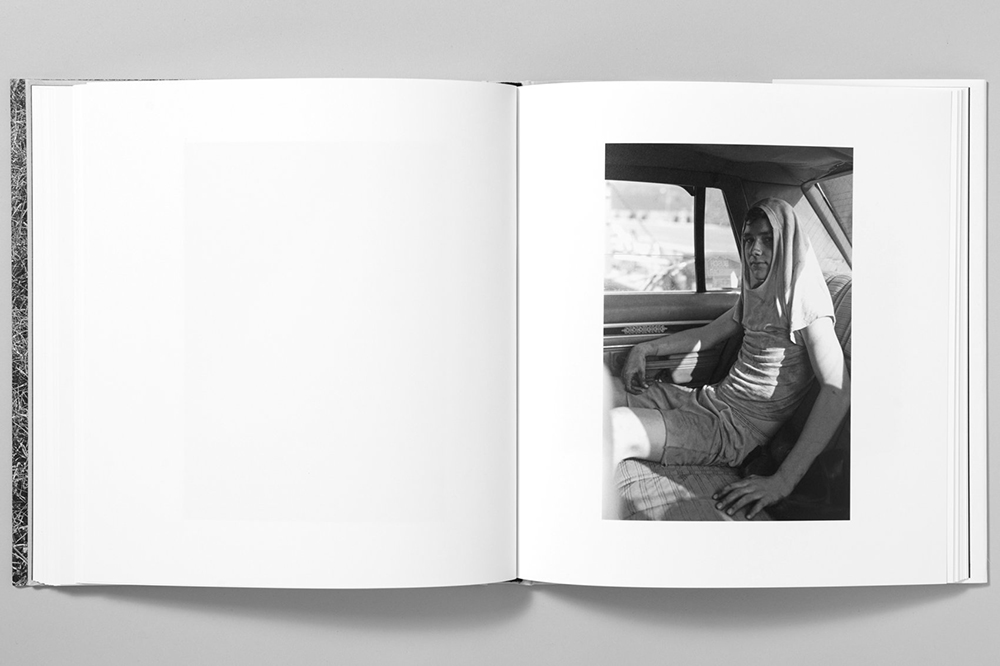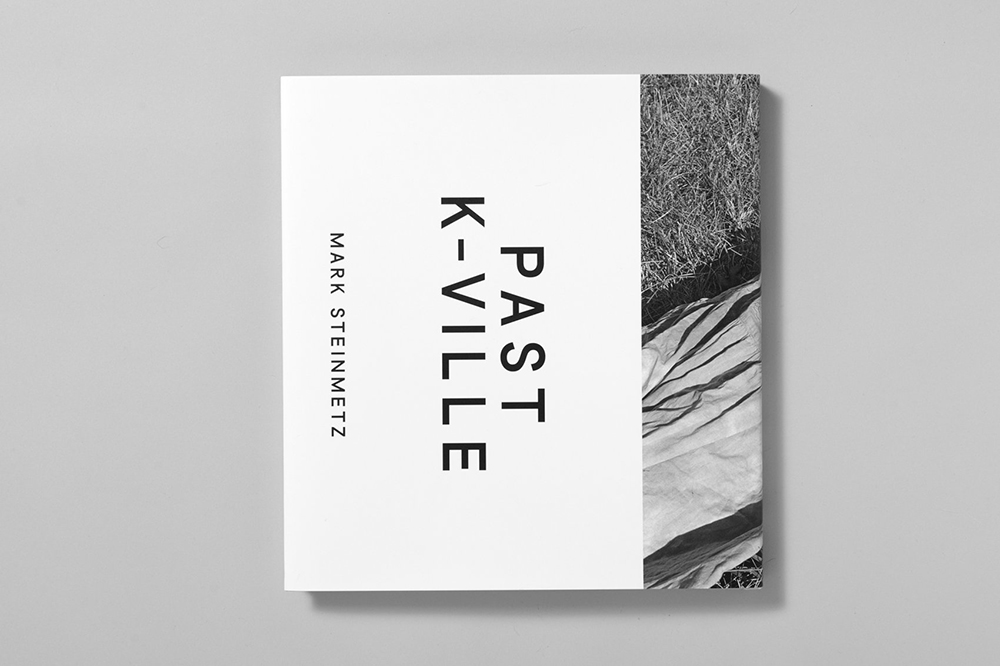Mark Steinmetz – Past K-Ville
Mark Steinmetz, Past K-Ville (Stanley Barker, 2018)
The relationship between a picture and its subject – between image and reality – is in many ways a highly contested one, but we like to think we have the measure of it all the same. The picture, we say, is something closer to a work of fiction than a statement of fact. This understanding seems to be borne out by Mark Steinmetz’s latest book Past K-Ville (Stanley Barker, 2018), which continues the journey he began with his earlier 15 Miles to K-Ville, making this largely imagined place the basis of an extended five-year study. In so far as the work of a photographer as peripatetic as Steinmetz can be said to have a centre at all – and despite periodically turning his attention to other locales – his vision of the world is most closely attuned to the South as a subject, but the framing of this place as nowhere in particular, a composite of places that could be anywhere, suggests that Steinmetz is not a documentarian of the South, making a chronicle of social conditions. His sensibility is, for want of a better word, far more poetic, and in making these pictures he appears to be seeking an account of a place that maps a less literal topography, a landscape of feeling – of experience – altogether more elusive and ephemeral.
At the same time, the sensibility of the work is held productively between its emotive – ‘poetic’ – register and fact that the images are undeniable grounded in his experience of real places; if this was merely a work of imagination, there would be very little at stake in either viewing or making it, a study of moods and atmospheres, but beneath this, giving it structure and bite, is an apprehension of social and even economic realities tied to the places that he has photographed. Steinmetz reminds us that the effective and historical are not inextricably opposed, and in his delicate, undemonstrative way, elaborates on the forces that bind us to place, whatever – and wherever – that might be. We are always living in the history of the places we come from and how they have shaped us. There are, of course, no ‘facts’ in these pictures, and we cannot readily extrapolate specific social or historical realities from them, but even something so apparently circumstantial as the disposition of bodies in space and their relation to each other – a constant preoccupation in these pictures – tells us how his subjects feel about themselves and each other.
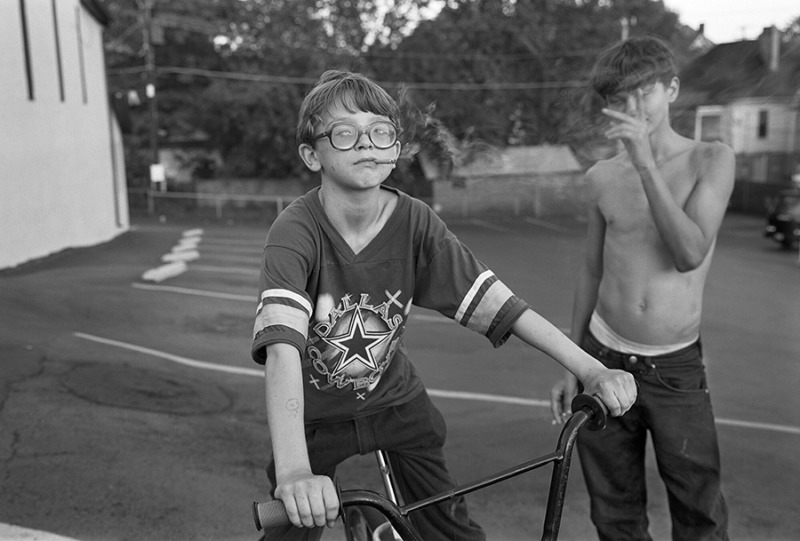
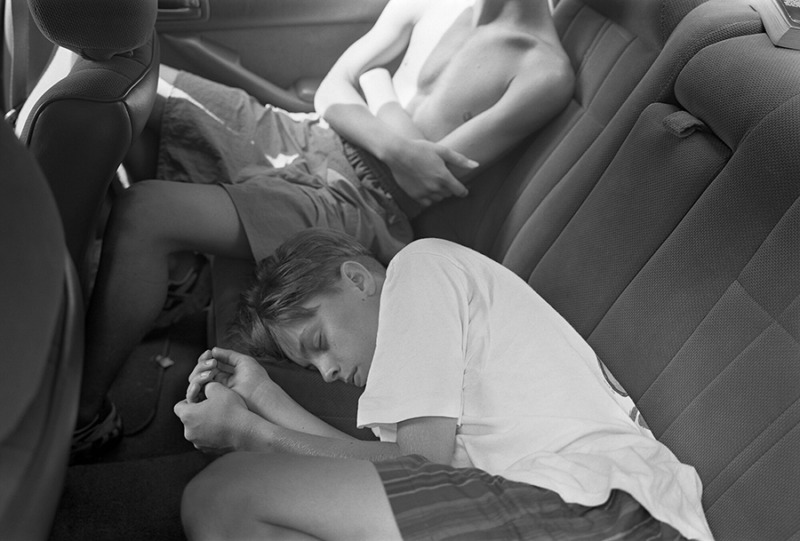
Of course, the reality of a picture is always largely tangential to the reality of its subject. The meaning of any moment or scene that Steinmetz might have observed is inevitably changed by being translated into a photograph; it seems unlikely that his subjects would entirely recognise their experience from seeing it here, and the places themselves, were we to visit them, would have been different again from how he has rendered them. But it is the way that fact and fiction overlap in these pictures, how skilfully Steinmetz draws together all these different threads without privileging one over the other, that makes the work what it is, something that can at once belong to the world that he depicts and serve as a commentary on it as well, framing a place both real and imagined. In this respect, Steinmetz’s journey out of K-Ville helps to unsettle some of our convictions about the kind of relationship photography has to its subjects, subtly calling into question the idea that if what the camera shows can’t be ‘objective’ then it must somehow be the opposite of truth, that it must, in short, be fiction. Rather Steinmetz’s pictures are both, and he gives us a tangible, felt experience of the world that he has encountered; his ‘fictions’ are a kind of knowledge.
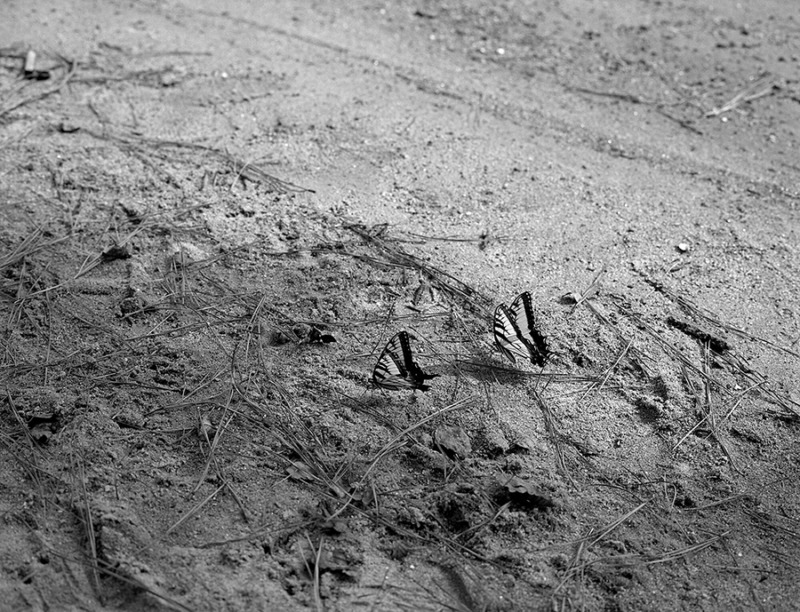
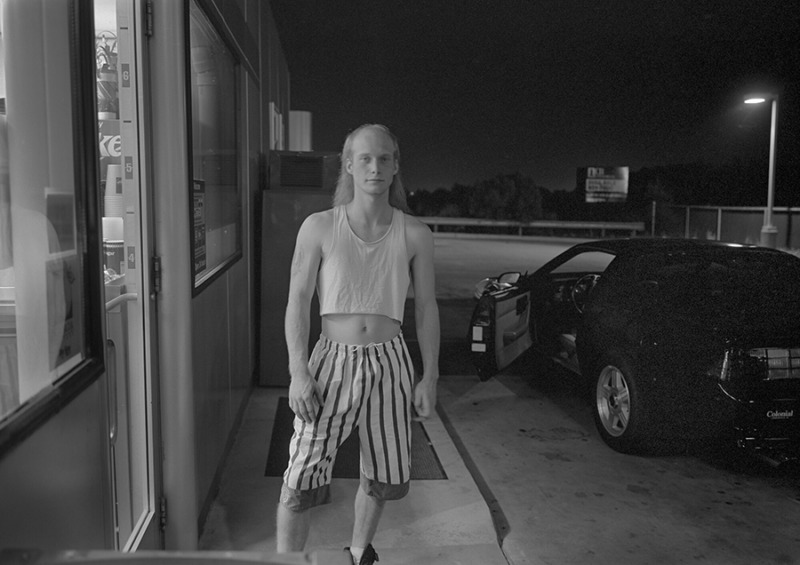
As the title suggests, this is also a journey into the hinterlands, those outlying, marginal areas of any place, where boundaries and other lines of demarcation tend to get a little blurry. Although the structure of the book doesn’t stick to an obviously linear progression, there is a definite sense of movement, of being drawn gradually, if not imperceptibly, away from the urban core. This is not presented as a destination, because nothing here seems so clear-cut; pockets of ‘marginal’ space persist even in the densest areas, and Steinmetz is closely attuned to them, drawn to their stillness perhaps, or the way that they match this own preference for indefinite statements, judgements held in suspense. And indeed, there is a sort of suspended quality to these nowhere places, as if something is about to happen, or has already taken place, and we’re left to try and figure out what that might be, reading an emotive, and, implicitly, a social history back from the scant traces that are presented here. Steinmetz has a habit of anchoring these spaces with scraps of found text that paradoxically only makes the ambiguity deeper; the word “lovesick” scrawled on the side of a house, for example. These are clues; individuals want to convey a message from inside their own lives and end up speaking for the times. That so many of the statements here refer to feelings of loss and confusion is, of course, a deliberate editorial choice, but they were there to be found, all the same.
Just as Steinmetz’s preferred spaces are hard to define, being mostly somewhere in-between one place and another, so are the moods of his subjects. Many of the people in these pictures seem to be waiting, or bored, or just killing time; some of them face the camera, others are oblivious to its presence, seemingly absorbed in whatever he has caught them doing, even when this is not much at all. The vagueness of these moods and actions is in itself of a piece with the overall mood of the work, which emphasises borderline or liminal states, perhaps treating them as characteristic of a place and a time, despite the fact that these are essentially composites of several different places and of years spent looking. Indeed, as we have seen, the pictures are also ‘composites’ layering the vision of the photographer – that tendency of the medium toward fiction – over the reality of his subjects, so that they become inseparable. We can imagine many different stories about the people in these pictures, but there is no demand to reveal themselves; they, too, are held in suspense. The many adolescents and young people that feature here are the clearest way that this is shown, no longer a child and not yet an adult, not one thing or another.
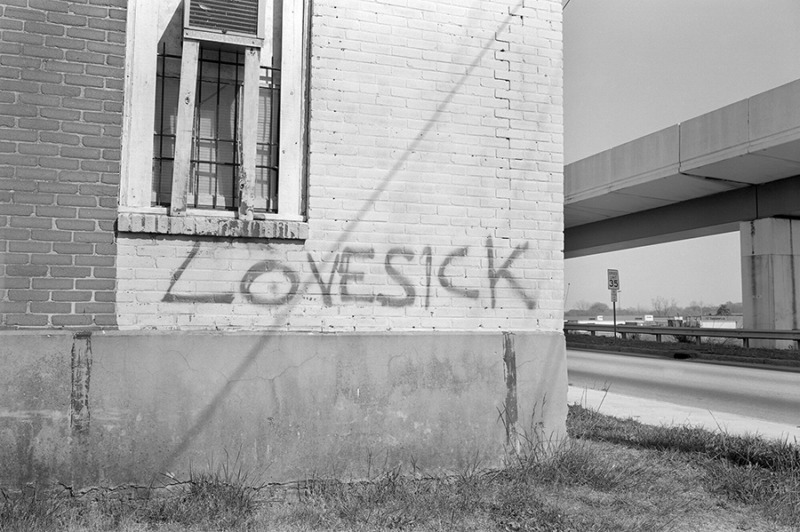
The quality of suspension may seem paradoxical, of course, given the form of the work is nominally that of a journey, of going out from the centre, but it actually makes sense with the kind of landscapes that Steinmetz is traversing, and allows us a means of understanding it other than in terms of what he is photographing. The style and the mood of the work have a meaning that together accomplishes more than subject-matter alone could. He is able to introduce an admittedly muted sense of dynamism is other ways as well. This is achieved by alternating between some basic configurations in the pictures, specifically either groups of two or more and solitary individuals. The doubling extends to animals, such as the two alighting butterflies, and even to inanimate objects, with the pair of armchairs in a shop window; a similar pattern can be discerned for the single figures. Movement between these two visual poles is not conclusive by any means. The narrative trajectory of the book doesn’t resolve itself so easily, and neither does Steinmetz’s own journey. But he does ultimately lead us through a cluster of night-time images, telling placed toward the end of the book, followed by a brief coda returning to daylight and ending up at a clifftop outlook. For now, at least, it seems we – and Steinmetz – can go no further.
All images © Mark Steinmetz. Spreads from Past K-Ville © Stanley Barker.

